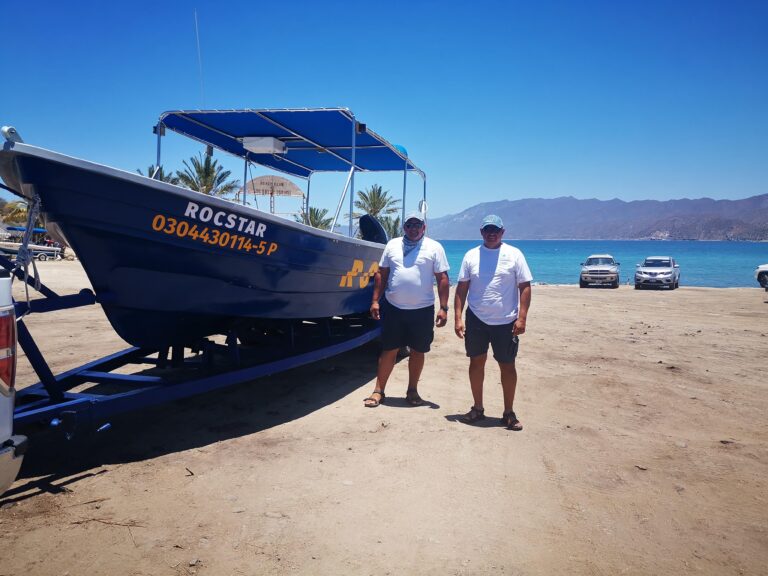La Paz Waterkeeper Creates Standardized Model for Recording and Analysis of Seawater Quality Monitoring
By: Alberto Guillén

The work of La Paz Waterkeeper protects the health of recreational beach users in the Bay of La Paz, and raises awareness on the issue of water quality. In order for La Paz Waterkeeper to adequately address threats to the water system it protects, it is important to have an excellent understanding of the water quality of each of the water bodies we monitor: recreational beaches and coastal wetlands.
The lack of public and beach user awareness of seawater pollution and its effects on human health and the environment is still a relevant factor that needs to be addressed. Therefore, La Paz Waterkeeper has the task of promoting the protection of coastal water bodies through education and awareness.
Data standardization and organization are also crucial components of this type of environmental monitoring project. La Paz Waterkeeper has developed a model for the recording of information through the use of technology and, together with a restructured database for monitoring seawater quality at recreational beaches in the bay of La Paz, has optimized the way in which the information is handled and protected. The new work model is focused on reducing human error when digitizing the information, providing a standardized and comparable structure to the database that will allow for timely analysis.
The first step was to organize the existing information. For this, we reviewed the variables that are generally measured in water quality monitoring (temperature, salinity, most probable number of enterococci, etc.) and the data required to organize the information chronologically and spatially (sampling date, person responsible for sampling, sampling sites, etc.). The information was arranged in a database ordered under a format known as “Long-Format”, which grows vertically as the samples are increased.
With the structured and organized database, the new objective focused on the correct recording of information. Using the variables and categories created at the time of standardizing the information, we developed our data collection model resulting from the analysis of the water samples. To achieve this, technology is used to digitize the information through an electronic log. The form created for the entry of water quality monitoring results can be found here.
Environmental data must have an organizational structure that allows for efficiency in the capture, standardization, and analysis of information. It has been very important for La Paz Waterkeeper to have this arrangement. In this way we have generated a visualization that allows one to view, understand, and compare the results of La Paz Waterkeeper’s seawater quality monitoring.
La Paz Waterkeeper is able to do this kind of work thanks to the generous support of donors. With increased funding, we could conduct a diagnosis of water quality monitoring, focusing on capabilities, infrastructure, personnel, and equipment, and continue to work for clean beaches with high water quality, free of trash, to ensure the protection of human health, the ecosystems, species and coastal habitats.